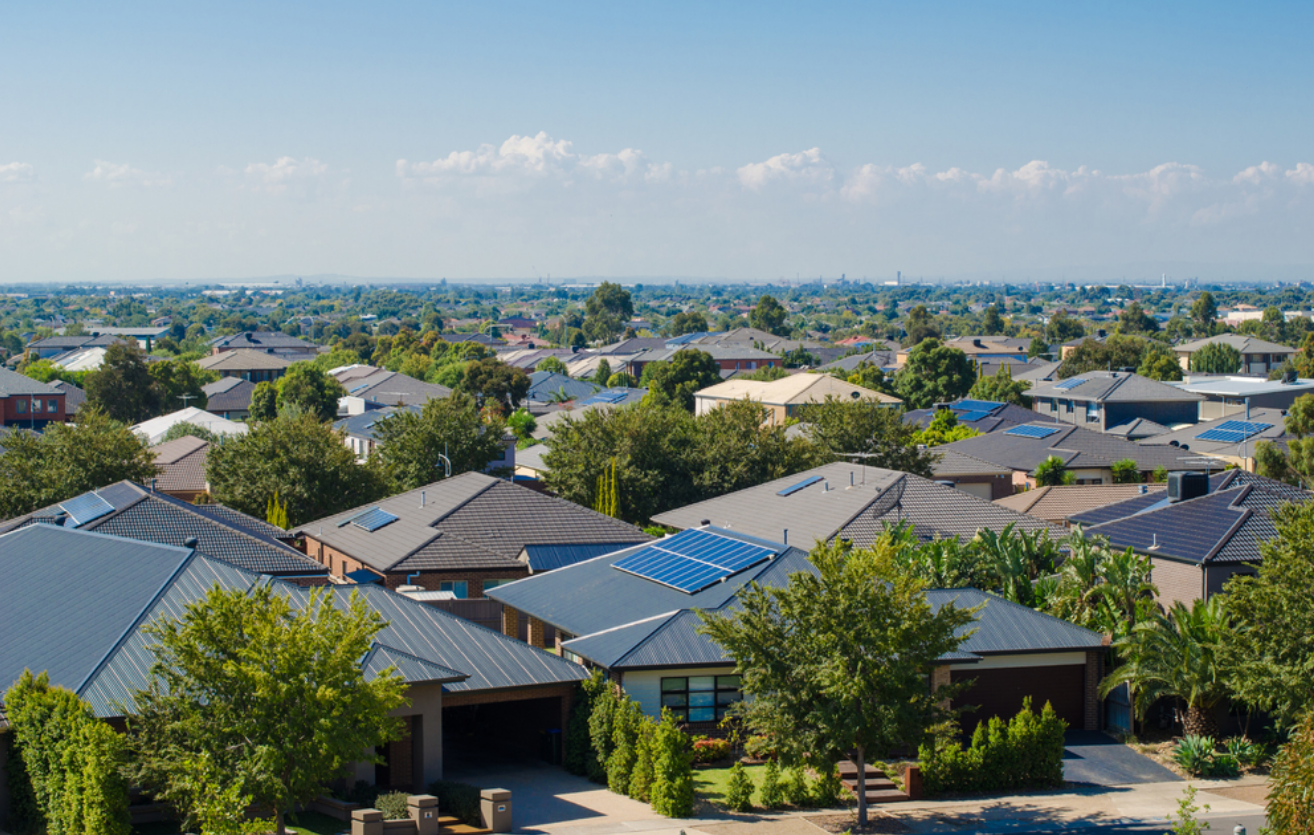Melbourne has garnered a strong reputation for being a city of many seasons. In fact, seasoned Melbourne residents take the city’s changeable weather patterns in stride, namely by making sure that we never leave the house without at least a warm coat and a pair of sunnies. But for homeowners in Melbourne, considering the weather and other environmental factors is a must not only for daily comfort while they’re out and about, but also for securing their properties from harsh natural elements.
If you’re looking to buy property in Melbourne, considering environmental factors like local weather patterns and even fire risks, can also help you make sure your investment is well-placed and poised to provide a strong return – both by growing resale value and by boosting appeal on the rental market.
So what environmental factors should you be taking into account when looking to enter Melbourne’s eclectic real estate market? Here are just the most high-value environmental risk factors to keep in mind when flipping through your next batch of Section 32 contracts.
Bushfire Planning & Bushfire Prone Areas (BPAs)
When looking to buy property on Melbourne’s outskirts, you’ll definitely need to consider whether that neighbourhood falls into a bushfire prone area (or BPA). BPAs can actually affect the cost of home insurance policies, as properties in areas with a higher fire risk will naturally be considered to be a greater liability risk for insurance providers.
Thankfully, homebuyers can check whether properties they’re interested in fall within a BPA by checking BPA maps provided by the VicPlan website and state fire authorities.
Flood Maps & Flood History
Similarly to bushfire prone areas, properties that fall within flood plains may also incur higher than average insurance rates, again due to the increased liability risk for insurance providers.
Homebuyers can find a full map of areas with elevated flood risks across Melbourne and Greater Melbourne on the Victoria State Emergency Service here. This map also links to local flood guides for every marked area, outlining flooding seasons and notable flood history to ensure residents stay well-informed on the unique risks to their property and neighbourhood.
Soil Conditions & Erosion Risk Factors
Soil conditions are also a major environmental factor that must be considered when buying property in Melbourne. Victoria has a rich diversity of natural soil types across both metro and regional zones, ranging from clay-rich soils in the north, to high-acidity soils across Melbourne’s inner suburbs along the Yarra and moving towards Port Melbourne and St Kilda.
Alongside considering natural soil quality, homebuyers must also take into account soil properties on the landplots they’re looking to invest in. Soil conditions can be greatly impacted by development activities, with compaction and erosion being amongst the most common degradation concerns following home builds. Builders can install features like retaining walls to combat erosion risks, and install vegetation in garden beds to prevent soil compaction and support healthy drainage on landplots.
Air & Noise Pollution
Air and noise pollution are also major considerations for Melbourne homebuyers, particularly across inner city suburbs, and regions that share borders with highways, railway lines and airports. Properties located alongside railway lines but not in proximity to a railway station can deter prospective buyers due to the elevated noise and vibration levels from passing trains.
Similarly, properties located along major roadways may be exposed to more traffic pollution, which can cause noise disruptions, create safety risks for families with pets and young children, and impact air quality.
A quick tip for first-time homebuyers: be mindful of attending open inspections for properties on weekends when traffic levels may be significantly lower. Walking around neighbourhoods during peak hour traffic conditions during the week can help you more accurately gauge the property’s air and noise pollution risks.
Energy Star Ratings for Fixed Appliances
Energy efficiency ratings for fixed appliances is just as much a concern for landlords as it is for prospective owner occupiers. If a property is fitted with outdated appliances, buyers will need to factor in the costs of replacing these fixtures – or the higher utility costs that will be incurred by using these appliances.
For landlords, properties that have modern energy efficient appliances are naturally going to be more appealing to prospective tenants. This is why properties with modern amenities and appliances are more likely to be offered at higher rental rates.
For prospective owner occupiers, properties with outdated appliances may have lower asking prices and inspire lower competition, with sellers reflecting the costs of updating the property into the value range on their real estate listing. If you are looking into buying a property with outdated fixed appliances, be sure to factor in the costs of updating these fittings to your buying budget.
Thermal Insulation & Passive Heating/Cooling
Insulation has always been a hot topic issue in Melbourne, with the city’s hodgepodge of Federation-style, mid-century, and post-war properties infamously boasting little to no thermal insulation.
This was all thanks to a misplaced reliance on gas heating from the ‘60s and ‘70s – but as the price of gas skyrocketed over the decades that followed, more Melbourne property developers opted instead to start designing modern homes that were able to better retain interior temperatures.
Designing with insulatory materials is just one part of the climate-ready equation, however. Nowadays, we’re also seeing modern home builds include passive heating and cooling design elements (i.e. using thermal mass to absorb and release heat, installing natural ventilation to improve interior airflow, including shading and considering solar orientation to reduce heat transfer through windows, etc.). These design features can help significantly lower heating and cooling costs, reducing reliance on gas and electricity, and ultimately lowering household carbon emissions over the long term.
Melbourne homebuyers are encouraged to consider climate-conscious qualities like thermal insulation and passive heating and cooling designing to ensure their Melbourne property is primed for comfortable, low-carbon living year-round.
Ensure your Melbourne Property is Environmentally-Friendly & Climate-Ready
All the environmental factors we’ve outlined above can affect the overall cost investment of your Melbourne property – both in the immediate future with impacts to property resale value and rental rates, as well as regarding energy reliance and carbon footprint monitoring over the long term.
If you’ve found a property that may provide some environmental advantages over others (i.e. great insulation but some levels of noise pollution, etc.), consider what home improvements you may need to budget for in the future to better improve your property and grow its resale value. And most importantly, ask yourself whether you’re willing to put in that extra effort and immediate cost investment. If not, it may be worth looking for a property that instead ticks more of your environmental boxes.






